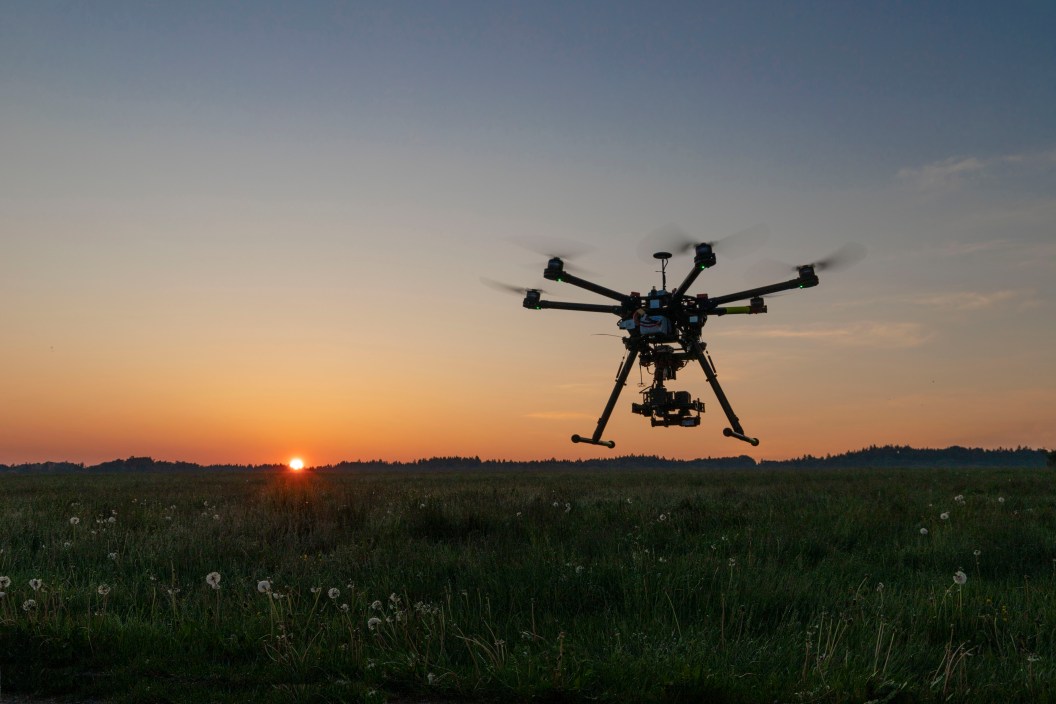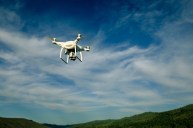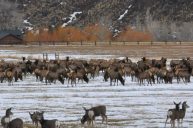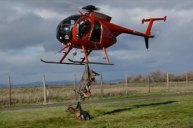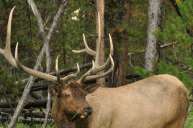Artificial intelligence has been seeping into our lives more and more, from self-driving vehicles and AI-written essays (not this one, we promise) to fraud prevention and facial recognition. Now, AI is also being used to count elk in Wyoming. The Wyoming Game and Fish Department is using drone video footage and AI to keep an eye on the state's elk herd.
Historically, counting elk has been done by biologists in helicopters, a job made easier when feeding lines are put out for elk during difficult winters. Biologists simply fly up the line and count the elk as they go. However, in winters when feeding lines are not employed, elk herds are dispersed throughout the landscape, making the job far more difficult and expensive. Also, helicopters aren't cheap (surveys cost upward of $900 an hour) and can be very dangerous.
Enter unmanned aerial vehicles, or drones. Not only are they far cheaper to operate, they're far safer for biologists, who get to keep their feet on the ground. Paired with AI that can review the drone's footage and count the elk, it's an invaluable, if newfangled, wildlife conservation tool.
Wyoming biologists use DJI Matrice 300 drones, which cost about $12,000 each, to monitor their herds. The drones are quick and nimble, and they have thermal imaging capabilities—ideal for tracking wildlife. AI models are currently being used to count elk in the video, saving biologists long, tedious hours of sitting in front of a computer to count them by hand from the drone footage.
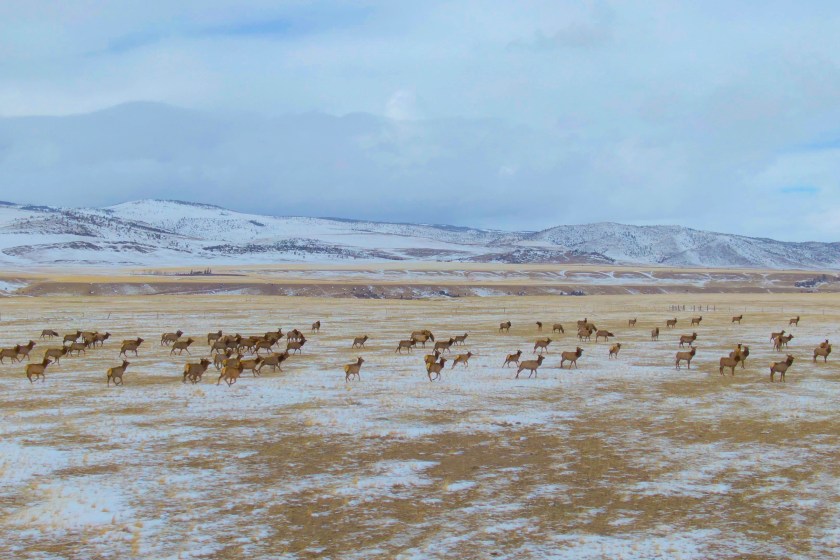
Getty Images, Helivideo
Drones have also been used to herd elk. During the incredibly harsh winter of 2022-23, biologists used drones to herd elk away from cattle pastureland, where they could have potentially gotten into conflicts while looking for food. Drones spent over 11 hours in the air on 10 different missions during that winter to help move elk, according to Game and Fish. The drones also helped cull 18 elk to prevent elk-cattle fraternization: From their trucks, wildlife biologists used drones to locate and disperse the elk to an area where they could be shot.
Drones have also been used to count wolf pups at den sites, monitor bighorn sheep herds, evaluate crop damage, and locate grizzly bears in urban areas. Their maneuverability is irreplaceable when dealing with spooked or territorial wildlife. However, they aren't without their drawbacks. Battery life is relatively short in most drones, and there are also regulations to contend with. According to the Federal Aviation Administration, drones must stay below 400 feet in altitude, and users must maintain a line of sight with their unmanned aircraft at all times. But even with those current limitations, drones and AI are changing the game for wildlife managers, with more advancements to come.
READ MORE: Outlaw Drone Operators Spark Outrage in Death Valley National Park
